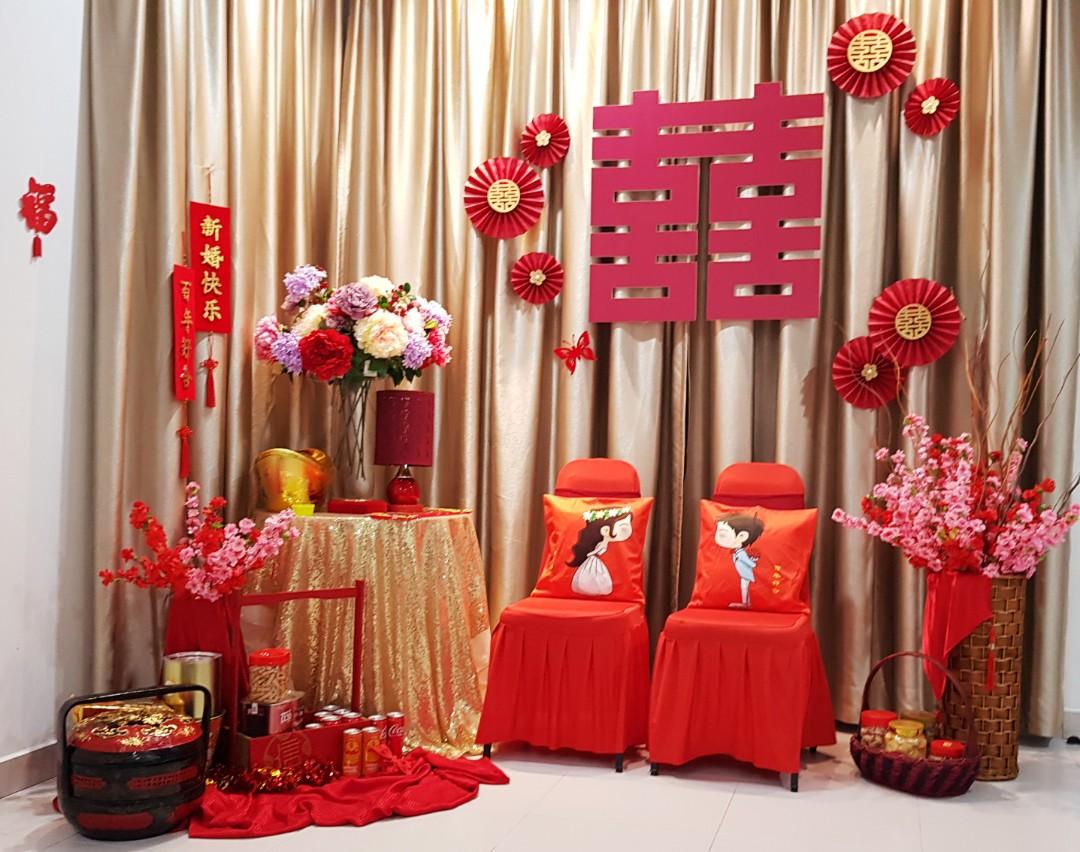The Chinese tea ceremony is more than just a way to drink tea; it’s a ritual steeped in history, culture, and aesthetics. One of the most captivating aspects of this tradition is the decorations used, which can transform a simple gathering into a breathtaking visual experience. In this article, we’ll explore the elements that make up the decorations of a Chinese tea ceremony, including their meanings and how to set the perfect atmosphere.
Understanding the Essence of Chinese Tea Ceremony Decorations
Before diving into the decorations, it’s essential to understand the philosophy behind the tea ceremony itself. Rooted in Confucian values, it emphasizes respect, tranquility, and the beauty of nature.
Philosophical Underpinnings
At its core, the tea ceremony embodies the principles of harmony, respect, purity, and tranquility. These principles guide not only the preparation of tea but also influence how the setting is designed.
Essential Elements of Chinese Tea Ceremony Decorations
1. Teaware
The centerpiece of any Chinese tea ceremony is its teaware. The type of teapot and cups used can set the tone for the occasion.
Types of Teaware
- Yixing Teapot: Made from purple clay, this teapot enhances the flavor of the tea over time.
- Porcelain Teapot: Often adorned with intricate designs, porcelain is elegant and beautiful.
- Celadon Teacups: Known for their unique glaze, these cups are delicate and add an artistic flair.
2. Table Setup
A well-arranged tea table creates an inviting space. Key components include:
- Tablecloth: A linen or silk cloth that complements the teaware.
- Tray: A decorative tray can hold the teapot and cups efficiently.
- Napkins: Cloth napkins add to the elegance and provide practicality.
3. Natural Elements
Nature plays a significant role in the aesthetics of the tea ceremony.
Common Natural Decorations
- Flowers: Use seasonal flowers to bring life and fragrance.
- Plants: Bamboo or bonsai trees symbolize resilience and harmony.
- Stone Accents: Natural stones can represent stability and grounding.

4. Cultural Artifacts
Decorative items that reflect Chinese culture can enrich the ceremony.
Examples of Cultural Artifacts
- Calligraphy Scrolls: Incorporating quotes or poetry enhances the intellectual aspect of the ceremony.
- Lanterns: These can create a warm, inviting atmosphere, especially during evening ceremonies.
- Traditional Paintings: Artwork depicting serene landscapes can set the mood for tranquility.
Creating the Perfect Ambiance
Once you have selected your decorations, the next step is to create a serene ambiance.

Lighting
The lighting of your space can significantly affect the atmosphere of your tea ceremony. Consider using:
- Candles: Soft candlelight can create a calming effect.
- Soft Lamps: Utilize lamps with warm hues to add coziness.
- Natural Light: If possible, hold the ceremony during the day to take advantage of natural sunlight.
Sound
Music or nature sounds can enhance the experience. Here are some suggestions:
- Traditional Chinese Music: Soft instrumental music can elevate the mood.
- Nature Sounds: Sounds of water or birds can connect participants to the natural world.

Temperature & Comfort
Ensure that your setting is comfortable. Adjust the temperature and provide cushions for seating.
Comparison of Teaware Types
| Teaware Type | Material | Benefits | Drawbacks |
|---|---|---|---|
| Yixing Teapot | Clay | Enhances flavor | Requires special care |
| Porcelain Teapot | Porcelain | Elegant design | Can be fragile |
| Celadon Teacups | Glazed ceramic | Artistic and delicate | May chip easily |

Personal Experience: My Own Chinese Tea Ceremony
Hosting my first Chinese tea ceremony was a transformative experience. I carefully chose a beautiful Yixing teapot and complemented it with celadon teacups. The atmosphere was enhanced with soft instrumental music and a floral arrangement of peonies. The combination created a serene environment for my friends and me to enjoy the intricacies of the tea and each other’s company.
Lessons Learned From My Ceremony
- Take time to choose your tea – the flavor impacts the experience.
- Don’t rush the decoration process; each element tells a story.
- Engage with your guests by explaining the significance of the elements.

FAQs About Chinese Tea Ceremony Decorations
What is the significance of tea ceremony decorations?
The decorations set the mood, reflect cultural values, and enhance the overall tea experience, creating a tranquil and respectful atmosphere.
Can I create a tea ceremony without traditional decorations?
Absolutely! While traditional decorations enhance the experience, personal touches and a simple setup can also create a meaningful ceremony.

What materials are best for teaware in a ceremony?
Yixing clay, porcelain, and celadon are popular choices, each offering unique benefits and aesthetics that enhance the tea-drinking experience.
Are there specific colors that are preferred for decorations?
Colors like red, green, and gold are often used as they symbolize good luck, harmony, and prosperity in Chinese culture.

How can I incorporate modern elements into a traditional ceremony?
Feel free to blend contemporary aesthetics, such as minimalist designs or modern art pieces, while keeping the core elements of respect and tranquility intact.
Pros and Cons of Traditional vs. Modern Decorations
Traditional Decorations
| Pros | Cons |
|---|---|
| Rich in cultural significance | May feel outdated for some |
| Creates a serene ambiance | Can be expensive to collect |
Modern Decorations
| Pros | Cons |
|---|---|
| Versatile and flexible | May lack cultural depth |
| Often more accessible | Can clash with traditional elements |
Conclusion: The Beauty of Personalized Decorations in a Chinese Tea Ceremony
Decorating for a Chinese tea ceremony is an art form that allows for personal expression while honoring rich traditions. By understanding the significance of each element, you invite guests into a space that is not just visually pleasing but also deeply meaningful. Remember, the most important ingredient in any tea ceremony is the connection between the host and guests—let your decorations enhance that connection rather than overshadow it.